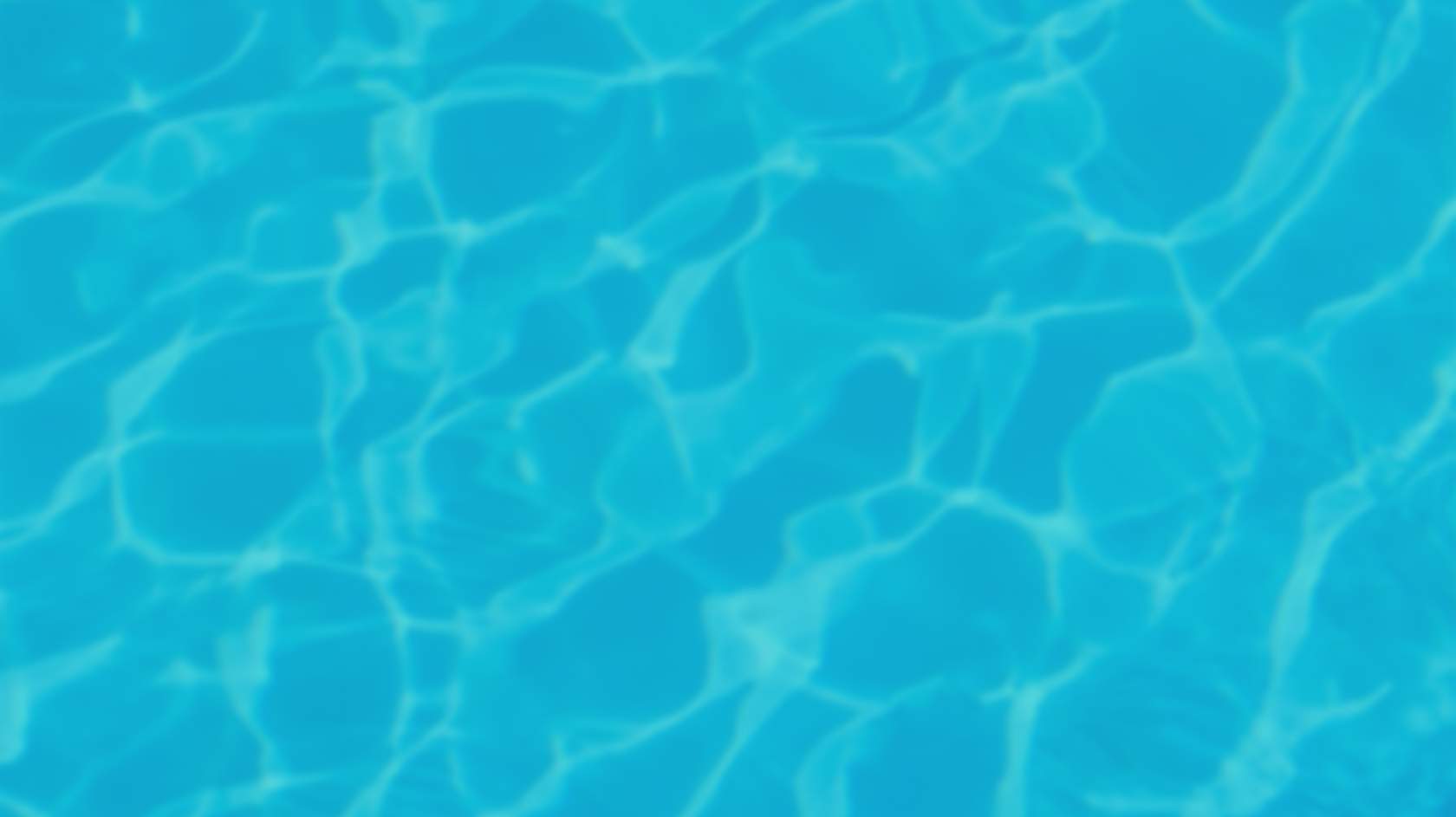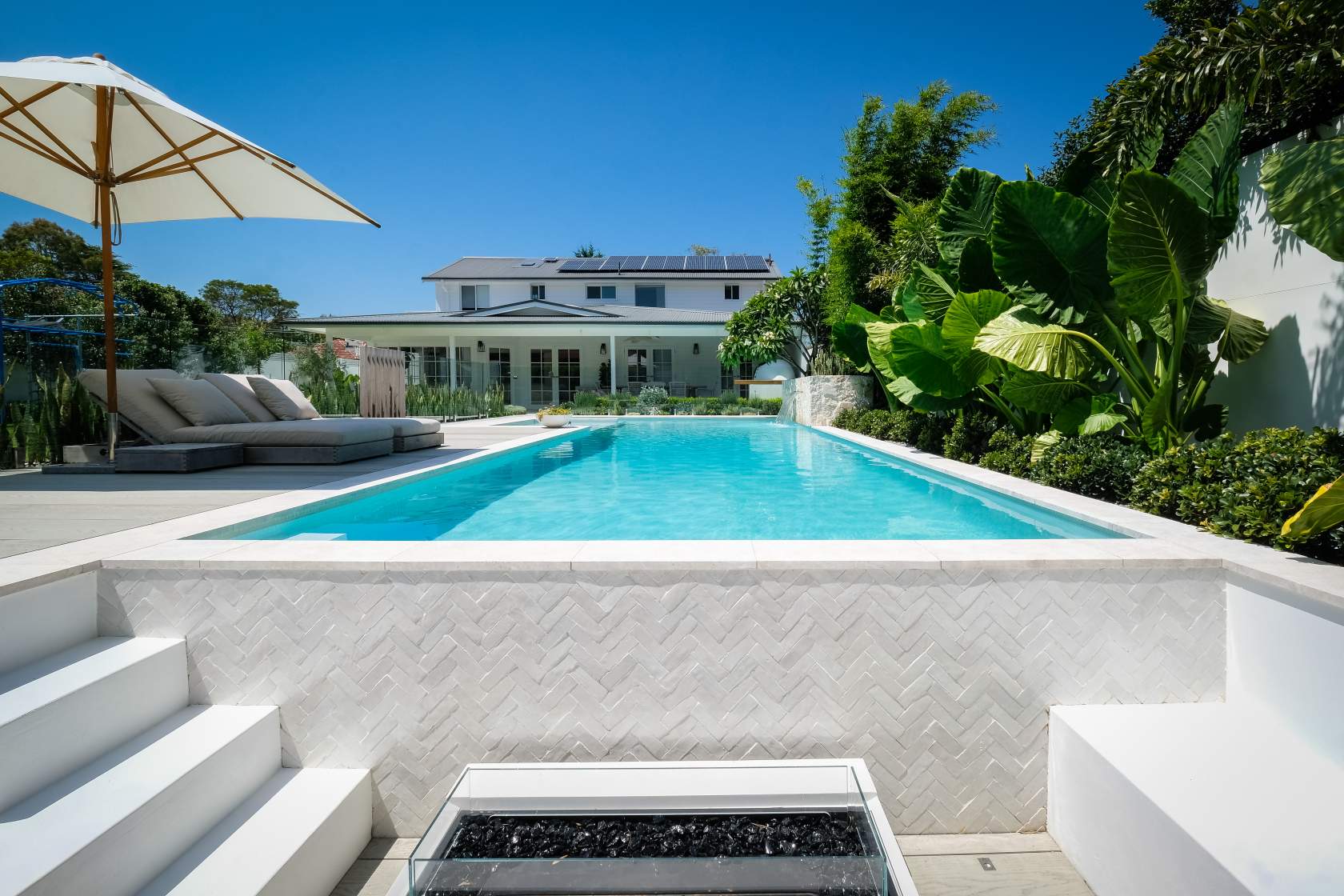

Quick tips: shock treatment
When and why to shock your pool
Pool shock, also known as super chlorination, is the process of adding a concentrated dose of chlorine or other sanitiser to the pool water to rapidly raise the levels. This helps to effectively sanitise the pool by killing bacteria, algae and other organic contaminants.
Shocking the pool also oxidises organic debris, such as sweat, sunscreen and leaves, helping to clarify the water and improve overall water quality, so it's something that should be a regular part of your maintenance routine.
Changes to water chemistry
When you shock your pool, several changes occur in the water chemistry:
Increase in free chlorine (FC) levels: Shocking raises the FC level significantly to kill off contaminants.
Reduction in combined chlorine (CC) levels: CC levels drop as the shock oxidises and eliminates organic waste.
pH adjustment: Shocking may cause a temporary increase in pH levels, so it's important to test and adjust pH as needed after shocking.
Types of shock chemicals and when to use them
Shocking chemicals can be broadly divided into two types: Chlorine-based and non-chlorine based.
Chlorine-based is the most common and is available in granular or liquid form. It contains high concentrations of chlorine (usually calcium hypochlorite or sodium dichloro-s-triazinetrione) and works quickly to sanitise the pool water. It's suitable for regular maintenance and for treating algae outbreaks.
Use chlorine-based shock for routine maintenance, treating algae blooms, and restoring chlorine levels.
Non-chlorine shock is also known as potassium monopersulfate or MPS shock. Because it doesn't contain chlorine it's a suitable alternative for pools with chlorine sensitivities or for use in bromine pools. It oxidises contaminants without affecting chlorine levels, making it ideal for routine oxidation and clarifying water.
Use non-chlorine shock for routine oxidation, improving water clarity, and reducing combined chlorine levels without affecting free chlorine levels.
Steps to shock your pool
Test the water: Use a reliable pool testing kit to measure chlorine, pH, and alkalinity levels.
Calculate shock dosage: Determine the amount of shock needed based on pool size, current chlorine levels, and manufacturer's recommendations.
Pre-dissolve shock: If using granular shock, dissolve it in a bucket of water before adding it to the pool to prevent potential damage to pool surfaces.
Application: Add the dissolved shock solution evenly around the pool perimeter while the filtration system is running.
Circulate and wait: Allow the shock to circulate in the pool for at least 8 hours or as recommended by the manufacturer.
Retest and adjust: After the recommended wait time, retest the water and adjust pH levels if necessary.
Safety precautions
Always wear protective gloves and goggles when handling shock chemicals. Follow the manufacturer's instructions and dosage guidelines carefully. Don't mix different types of chemicals and always store the out of reach of children and pets.
Additional tips
Regularly clean the pool surface and skimmer baskets to prevent debris buildup and improve water quality. Be sure to maintain proper pool filtration and circulation to ensure effective distribution of shock throughout the pool.
Consider shocking your pool after heavy rain, high temperatures, or periods of heavy pool usage to maintain water clarity and sanitation. For best results, shock in the evening or at night to minimise chlorine loss due to sunlight.
By following these guidelines, you'll be able to maintain a clean, safe and enjoyable swimming environment at home. For further information, search for Pool & Spa Service Technician and Pool & Spa Service Retailer in the Find a Provider tab on the SPASA website.
